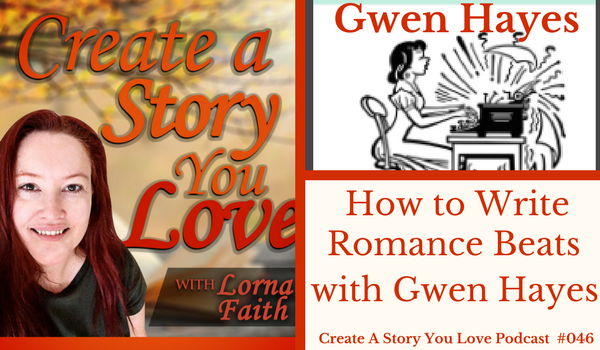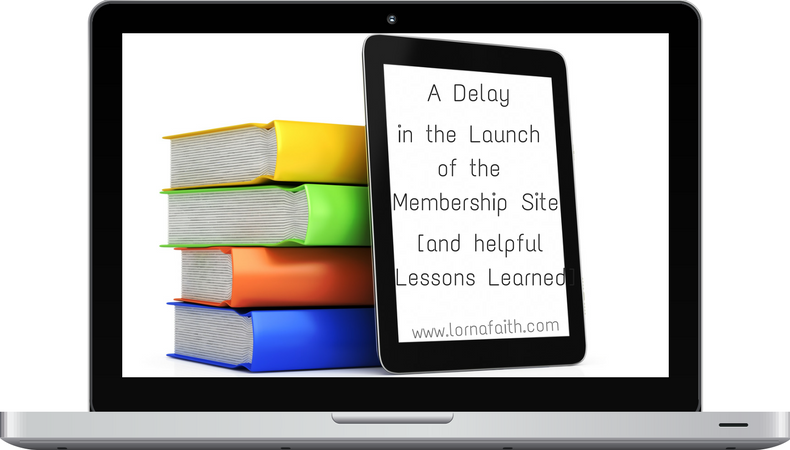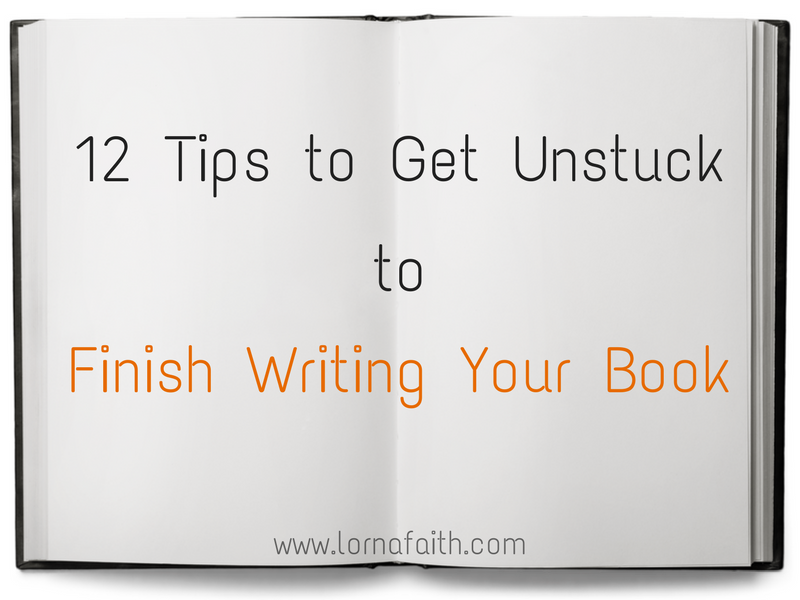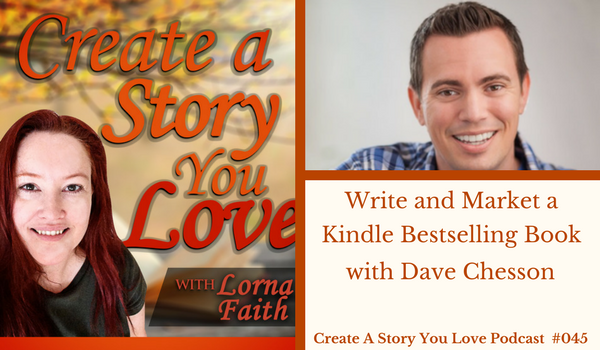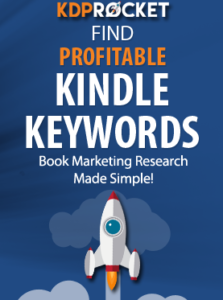Have you wanted to learn a simple way to understand how to write your Romance novel? In today’s interview, romance and multi-genre author and editor Gwen Hayes shares the beats she uses when she writes as well as edits romance. She wrote a book with all the details called Romancing the Beats: Story Structure for Romance novels.
In the intro, I share 3 books on writing that I’ve found helpful lately. The first book is titled Romancing the Beats by Gwen Hayes. This books has opened my eyes on a simple way to write your romance so that it hits the emotional elements/beats that romance readers love to read. The second book I’ve been reading is Heinlein’s Rules: Five Simple Business Rules for Writing, by Dean Wesley Smith. These are simple rules for consistently writing and publishing, but quite tough to follow. A third book that was just released is by Scott King titled, Story Pitch: The How To Guide For Using A Pitch to Create Your Story. This is a great book to help writers understand the key elements of story and how those elements are connected. It also includes helpful tips on fixing character problems or how to get unstuck when your in the messy middle of your story 😉
Click Here to Watch the Video Interview
Interview Highlights:
Gwen Hayes, is a multi-genre author and editor. She writes stories for teen and adult readers about love, angst and saving the world. In our chat, Gwen shares that her heart lives with writing romance ~ or as she calls them kissing books 😉
Her editing – at fresheyescritique.com – progressed out of her love of the craft of writing and so she veered in that direction. When she realized she was teaching her editing clients a lot of the same things over and over, she thought she would write it all down – and all that she was teaching her clients eventually made became a book for romance writers called, Romancing the Beats: Story Structure for Romance novels. In her book she has amazing tips for writers who are getting into romance.
Tips for Romance Writers…
1.One of the most important things to remember is that in romance that major the me is: Love Conquers All.

Ready to Learn: 7 Steps to Nail Down Your Novel Before You Begin Writing?
2.Readers expectations when they read a romance is a HEA(Happily Ever After) ending. An HEA ending in romance needs to be an absolute, otherwise it’s not a romance. As writers we don’t want to betray the expectations of romance readers… but the challenge comes in with the question of how to make the endings different and still be HEA.
3.The story starts with the main characters in their ordinary world and they are HOLE hearted – with fears; misconceptions; flaws; masks and whatever it is that keeps them from thinking they deserve love. The characters try to protect their hearts at all costs. Sometimes they lash out, adopt masks or personas to hide behind and protect themselves from being hurt. The character’s journey is that by the end of the romance they become WHOLE hearted.
Character arcs in a Romance begin HOLE hearted and ends when they become WHOLE hearted. Share on XSummary of the 4 Phases of Romance Beats
Gwen gives a summary of each of the 4 phases of romance -which is the story structure for the romance arc of your book. These beats are a way of keeping the pace in your romance.
The great thing is that when you split the romance beats into chunks, it’s not as overwhelming. And you don’t have to be a plotter to use this system – you can be a pantser and get tons out of it. Using these beats works as a helpful revision too after you’ve written your first draft.
First Phase: Setup
This is where the protagonists meet each other. This is where you uncover your character’s flaw/wound/misconception about love. It’s here where you find the glue that sticks them together for the duration of your book.
This first phase includes the following:
*Introducing H1 and H2(Hero 1 and Hero 2)
*Meet Cute(when H1 and H2 meet each other for the first time)
*No Way #1(why they’ve decided they will not fall in love with the other character)
*Adhesion(story is crafted in such a way that neither of the character can walk away from the other)
Second Phase: Falling in Love
This is the beginning of the falling in love phase. This includes writing scenes that endear the couple to the reader and where the reader will see that the couple is made for each other. Sometimes these are scenes that most romance writers forget to write. Show several scenes of your characters getting close and then backing away… that being with the other main character is making them a better person.
This second phase includes the following:
*No Way #2(restate the argument of why they will not fall in love with the other character)
*The Inkling of Desire
*Deepening of Desire
*Maybe this time(true intimacy and more vulnerable)
*Midpoint of Love(a false high for your characters – then in the 3rd phase you knock them back down to their knees).
Third Phase: Retreating from Love
In the last beat, it was a false high. They don’t get their happily ever after until all the walls come down. In this phase your main characters are figuring out they can love, but change is hard so your main characters are going to fight you a little here.
This third phase includes the following:
*Inkling of Doubt
*Deepening of Doubt
*Retreat! Retreat!(each character will retreat from love so they won’t be hurt)
*Shields Up(whatever they foretold in their No Way Beats comes true)
*Break Up(this is a major attack and one or both of your characters have to choose fear).
Fourth Phase: Fighting for Love
This is the phase where your characters find their backbone and realize that if they don’t face that hole in their hearts, they’ll lose everything and be unhappy forever. They realize at this point that it is their fault that they’re not happy because they haven’t confronted their fears.
This fourth phase includes the following:
*Dark Night of the Soul
*Wake Up! Smell the Coffee(they realize that they will always be hole-hearted unless they destroy the wall around their fears/wounds)
*Grand Gesture: Whole Hearted(a closing image that shows a good contrast of where your characters end up).
*Epilogue(optional ending of your romance). Many romance readers love the epilogue because they aren’t ready to let go of the characters and they want to follow them into their Happy Ending 😉
Gwen encourages romance writers to watch a Hallmark movie with the cheatsheet in your hand so you can really see these beats very visually. In movies they tend to follow this structure very closely.
More tips from Gwen: Read in whatever genre your writing in. Also read the reviews of these novels on Amazon and Goodreads, so you learn what readers like and what they don’t like in your genre.
You can connect with Gwen on her author website or on her editing website. If you want to find great beach reads for the summer you can see all of Gwen’s books on Amazon here. You can also chat with her on Facebook or Twitter.
